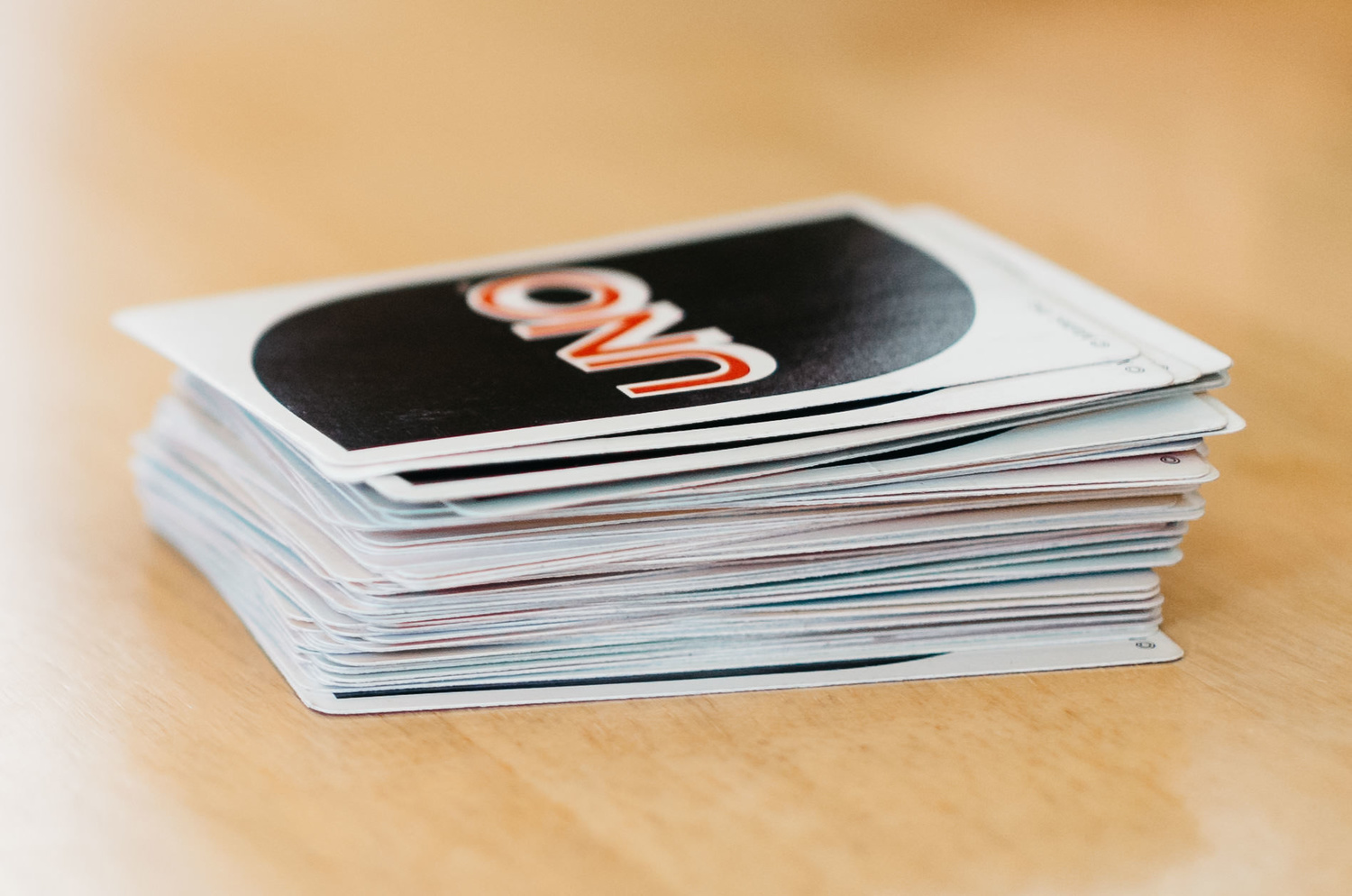Leica T users rejoice! Leica has officially announced a Summilux 50 equivalent for your aluminum wonder that gives you the benefits of autofocus, electronic aperture control, and metadata to go along with the blazing fast glass. I had an absolute pleasure spending some time with the new 'Lux and was able to put to get a good feel for it in the real world. Read on for my findings and sample photos.
When the Leica T was announced in 2014, along with it came a brand new system with a new lens mount. First reviews of the platform were extremely mixed with one of the biggest criticisms being the extremely limited two-lens lineup that accompanied the launch. In less than two years Leica has invested a lot of engineering resources into both the T's performance, but also critically growing that lineup from just a "kit lens" 18-56mm and a compact 23mm f/2 prime to including a 55-135 tele zoom, 11-23 wide zoom, and now the new 35mm and a 60mm macro. Since the T is poised as a luxury travel compact and "daily driver" camera, the majority of target users needs are now pretty much covered. Because the Leica T flirts the line between being consumer and professional oriented (for better and for worse), it's really necessary to have this balance of zooms and primes with a bias towards the zooms. It's not really meant to be super compact, but more "compact enough."
Until now if you wanted a fast 50mm equivalent on the Leica T you would have to use the M Adapter-T which allows the use of M lenses on it. This solution actually works remarkably well in the image quality arena, but you are sacrificing autofocus and electronic aperture control. While maybe not a big deal to seasoned pros, the lack of focus peaking and relying on the camera's focus zoom was pretty slow and cumbersome until the most recent firmware updates that have addressed this.
The Mount
This new 35mm prime lens presents itself a maximum aperture of f/1.4 which means it adorns the coveted Summilux badge. It is designed for the APS-C 1.5x crop sensor that adorns the Leica T. Also of note is that it is one of the first two Leica lenses with the "TL" moniker. This means the lens is fully compatible with both the T and SL cameras on the newly-renamed "L mount." I really appreciate Leica's forward-thinking in creating a modern mirrorless camera mount with both APS-C and 35mm "full frame" in mind from the very beginning. While the new Summilux-TL will operate with a 1.5x crop factor on the SL, in all other aspects it will operate 100 percent as designed on either camera system.
The Build
It's a thoroughbred Leica lens that, without lens hood, weighs in just shy of a pound and at 423 grams, it is 39 grams heavier than the Leica T. That includes a battery. I will admit that says as much about the camera body as anything, though. The Leica T is carved out of a solid block of aluminum and the Summilux-TL is solid metal construction with 12 elements in 8 groups. Ultimately as a camera-lens package you're looking at under two pounds, but since both are very similar in weight, the balance is wonderful. Length clocks in at just a hair over three inches. Compared to the svelte 1.3-inch depth of the Leica T, it does seem oversized upon the first time you click it on the camera. Part of the reason for this is that the design utilizes internal focusing to prevent the length of the lens from changing between near and far subjects. The more I used it the more comfortable I became with the size, but I do wish it was a bit shorter.
Speaking of small size, the lens hood is not. It pushes the length of the lens over the edge from bearable to obnoxious. I own other lenses with much larger hoods, but with the size of the lens already pushing it, this one is just too much for a lens designed to be mobile. You may really have to think about your case options with the hood extended. I really wish they would have been able to make it the short vented style or maybe even have the lens provide a built-in hood that you can just slide out when necessary. On the first day I put the hood back in the box and didn't touch it again.
It's probably also worth noting that since this system has more consumer-based features, aside from the focal length, there are no markings on the lens barrel. While it creates a slick and clean design worthy of the T, that means no depth of field marking. If that means a lot to you, you're going to want to stick to the M Adapter and M lenses.
The Performance
In the end, performance is what matters most and this lens absolutely delivers. Leica claims the lens was engineered to deliver maximum resolution, sharpness, and color reproduction at f/1.4 and that requires some feats of optical engineering to make sure both on-axis and off-axis performance are strong without compromising the other.
I regret not spending more time with this lens. I had a T system for two weeks, but in that time I had all five available T lenses to put through their paces. I scheduled the last few days to spend with this new Summilux but due to bad weather I didn't get out much. The Leica T and lenses are not weather-sealed, which is a bummer. I could have spent that indoor time shooting test charts and my cats, but I loathe shooting charts, and I already took too many pictures of my cats with other lenses.
 My general observations are that the quality of the out-of-focus rendering (bokeh) is extremely good. Tonal transitions are creamy and smooth without any donuts or halos. Chromatic aberration is pretty average. It's not extreme, but it's definitely visible. Most of it was fairly easy to remove with a single click in Lightroom, but I did have a few places where Lightroom would not detect the funky shade of green as aberration. I was able to tweak the sliders manually and subdue it, though. Initially I was shocked at how distortion and vignette-free the lens was. I couldn't find a trace of either and I hadn't applied any profile corrections in Lightroom. I came to find out that the camera automatically corrects those and embeds the changes in the raw .DNG file. Lightroom reads it automatically, and I couldn't find a way to turn it off which is a double-edged sword. On one hand it makes the images perfect out of the gate without any effort. On the other, I regularly like to add the natural lens distortion back into my images as opposed to creating a fake one. I like having that control, but it will not likely bother most. Also, for the purposes of this review, I wasn't able to see what the uncorrected image looked like, although I'd imagine it would have still been pretty good. Out of those 12 elements, 4 are aspherical.
My general observations are that the quality of the out-of-focus rendering (bokeh) is extremely good. Tonal transitions are creamy and smooth without any donuts or halos. Chromatic aberration is pretty average. It's not extreme, but it's definitely visible. Most of it was fairly easy to remove with a single click in Lightroom, but I did have a few places where Lightroom would not detect the funky shade of green as aberration. I was able to tweak the sliders manually and subdue it, though. Initially I was shocked at how distortion and vignette-free the lens was. I couldn't find a trace of either and I hadn't applied any profile corrections in Lightroom. I came to find out that the camera automatically corrects those and embeds the changes in the raw .DNG file. Lightroom reads it automatically, and I couldn't find a way to turn it off which is a double-edged sword. On one hand it makes the images perfect out of the gate without any effort. On the other, I regularly like to add the natural lens distortion back into my images as opposed to creating a fake one. I like having that control, but it will not likely bother most. Also, for the purposes of this review, I wasn't able to see what the uncorrected image looked like, although I'd imagine it would have still been pretty good. Out of those 12 elements, 4 are aspherical.
Autofocus performance is also lightning quick due to the large aperture but also being an APS-C lens; there's just less glass to move compared to a full-frame counterpart. In moderate to bright light the lens can travel from minimum to maximum focus distance in just a fraction of a second. As expected it slows down a bit as it gets darker, but even shooting a band in a dark bar it was fast enough to keep up with moving subjects.
Here are some sample images all shot wide open at f/1.4 with raw .DNG files edited in Lightroom CC. VSCO Portra 160+1 preset and profile was added, grain removed. Using the slider will allow you to switch between the full shot and a 100 percent crop on the focused area. Some of the images may have mild artifacts due to higher ISOs in use.
The Conclusions
What's good?
- Built like a tank with all-metal construction.
- Maximum performance wide open. Out-resolves the T's sensor.
- Weight balances well with a Leica T body.
- Slick, modern, clean design. No frills.
- Full-time manual override of autofocus.
- Works on all L-mount cameras including the Leica SL.
What's not-so-good?
- Too long to be considered truly compact.
- Lens hood is barrel-style and makes lens around 60 percent longer.
- No depth of field markings.
- Price.
As of this writing, the new Summilux-TL is $2,395, bucking the trend of most Leica gear being 12% percent off due to the strong U.S. Dollar. That's a whole lot of cheddar. With price being a consideration, as it is to most of us, it's virtually impossible to suggest that anyone run out and buy a Leica T just so they can use the Summilux-TL. It's a monster lens, there is no doubt about that, but $2,400 buys a lot of Fuji or Sony. Add in a Leica T and you're at $4,000 for a 16-megapixel APS-C touchscreen camera with a 50mm f/1.4 lens.
Chances are if you are reading this far, you are familiar with Leica as a company and what separates their ecosystem from the rest of the herd. Cost is probably still a concern for you, but you know what you're paying for. You may already have a Leica T and you've been waiting for this. Or maybe you've been interested in the T but were waiting for the line to mature. In any case, this is the new crown jewel of APS-C primes, but like the crown jewels themselves, they don't come cheap. It's an absolutely brilliant lens, engineered like you'd truly hope from the inside out. The Leica Summicron-TL 35mm rightfully sits as the new flagship lens for the T system and definitely solidifies the Leica T as a camera truly worth of the red dot.
The Leica Summicron-TL 35mm f/1.4 lens is available from B&H in both black and silver. The Leica T is also available in black and silver as well.
A few more image samples:



























How many Leica owners are going to drop all that coin, and still just share images on Facebook?
I'm sure a lot. Almost every hobby has luxury "over-engineered" gear that is mostly purchased by wealthy hobbyists and collectors. I worked in the guitar industry for a decade and I saw it every day there. Most working musicians had relatively inexpensive gear while the vast majority of high-end guitars were purchased by people who just played in their home studios. I learned early on to get over my personal biases to that thought. While on some level it's always a shame to see a magnificent instrument not be put to full use, if the owner gets joy from it, that's what matters.
Oh, foot in mouth for me. The image to the left is me holding the world's most powerful production handgun, which was designed to take down any and all game in North America. As a Buddhist, I don't hunt, so it's used for punching holes in paper. So yeah, guilty as charged.
And in this Attention Economy, wherein the most valuable commodity is a person's attention span... who'd even notice?
Can't wait to put this lens on a CL
"Summilux 50 equilvient" recommend spell check